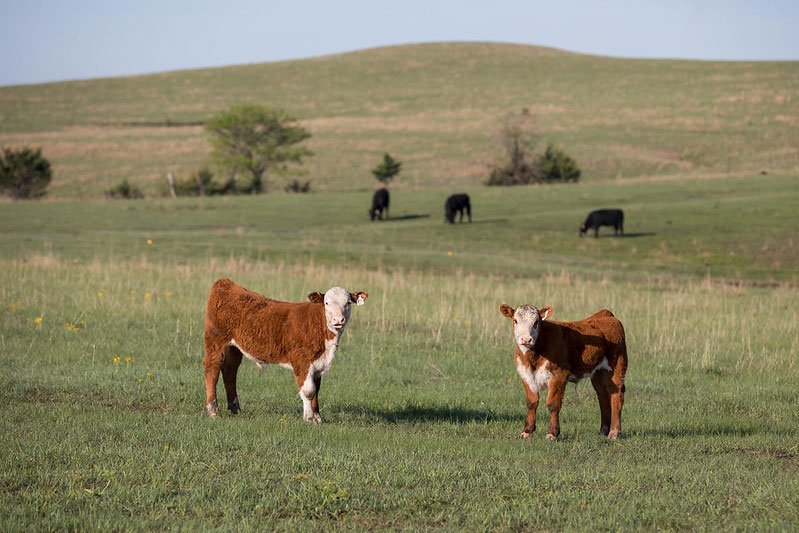- Tweet
- Printer Friendly

Cattle Chat: Herd health metrics
K-State beef cattle experts offer health goals for cattle
MANHATTAN, Kan. — Managing sickness from a cold to a serious illness is something people deal with regularly. Illness and death loss in a cow herd are also situations that cattle producers have to routinely address.
To help producers know where their herd health metrics should be, the experts at Kansas State University’s Beef Cattle Institute offered some guidelines in their weekly Cattle Chat podcast.
“The first metric in cow-calf operations that I look at is the first treatment response percentage,” K-State veterinarian Brian Lubbers said.
He recommends producers aim for an 85% to 90% treatment success rate when treating one of the most common illnesses – Bovine Respiratory Disease, also referred to as BRD. He said that metric can be deceiving.
“Producers who aggressively treat BRD cases are likely treating some animals that didn’t have BRD, and that leads to a high spontaneous recovery rate,” Lubbers said. “If you are seeing a 100% first treatment success rate, you may be treating some animals who didn’t need the treatment. Very high treatment response rates should at least trigger a conversation with your veterinarian about case definitions.”
Another metric that producers should be aware of is the percentage of death loss in the calves, said K-State veterinarian Bob Larson. He said that in the first year of life, there are three key times when calves are more susceptible to death – at birth, between birth and three weeks of age, and from about one month to weaning.
For each of these periods, producers can expect a 1%-2% loss, Larson said; however, that percentage will vary from year to year.
“In the first year of life, difficult births, scours and pneumonia are some of the reasons that calves get seriously ill and sometimes die,” Larson said.
K-State beef nutritionist Phillip Lancaster said what he monitors in the herd is the body condition of the cows.
“If the cows are receiving good nutrition and maintaining their body condition, that is an indicator of the overall health of the herd,” Lancaster said.
Along with those metrics, K-State beef cattle extension sustainable grazing specialist Logan Thompson recommends producers treat the herd against parasites as part of an overall wellness program.
“Treating the herd against parasites is an easy win from a production efficiency and cattle longevity standpoint, and it increases the rate of passage of grass through the rumen,” Thompson said. “It is a hard metric to measure, but in some herds, cattle that are treated for parasites have an increased efficiency between 20%-30%.”
To hear the full discussion, listen to Cattle Chat on your preferred streaming platform.
Source: Lisa Moser, K-State Research and Extension news service